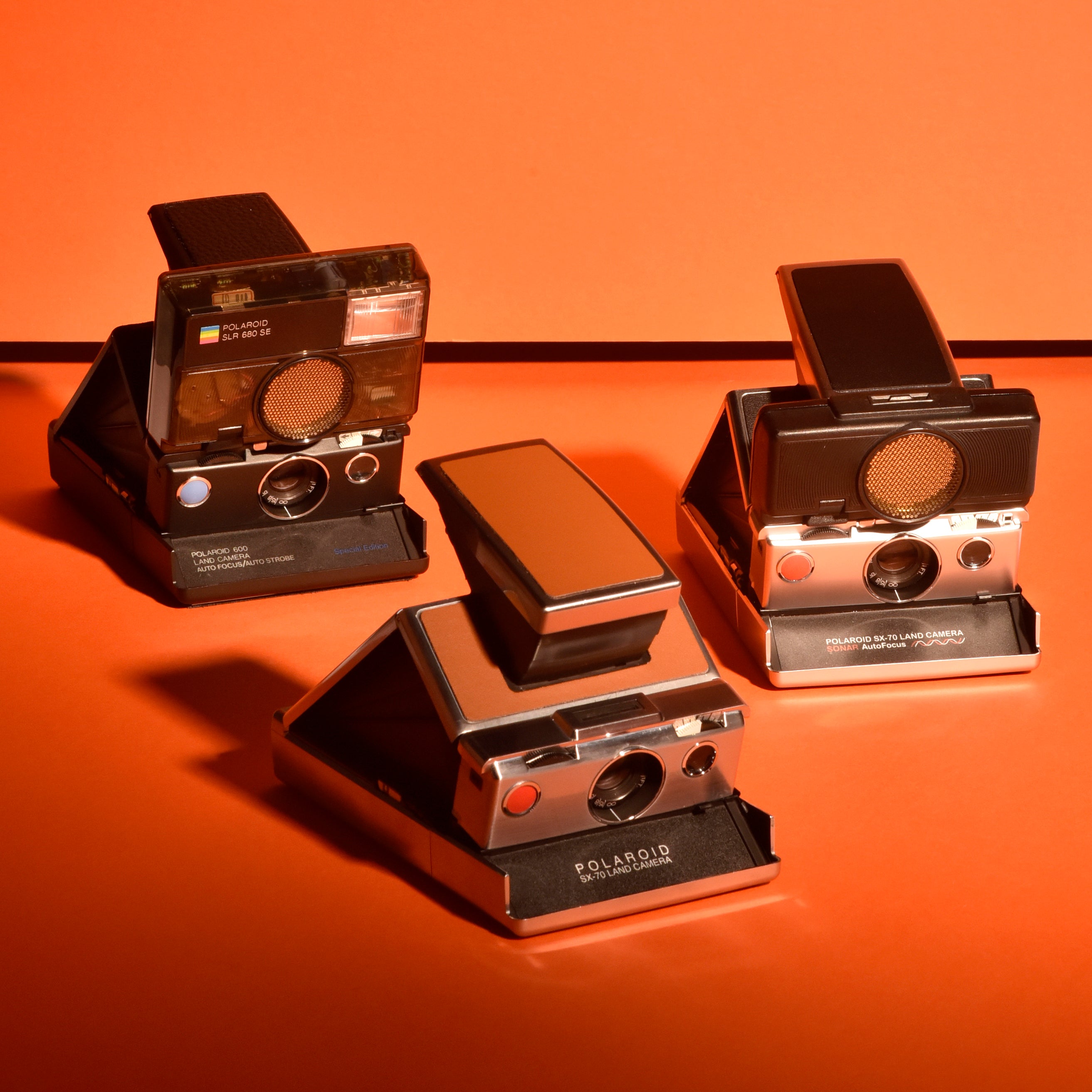Article: Why are there blue streaks on my Polaroid photo after it finishes developing?
Why are there blue streaks on my Polaroid photo after it finishes developing?

All types of photographic film are light sensitive before development. Blue streaks — commonly referred to as blue lightning — result from the unique solution to prevent light damage Polaroid engineered when releasing the worlds first integral film. Prior to SX-70 integral film, roll and packfilm Polaroid pictures developed in a paper sleeve, only revealed when the user peeled the finished positive from the negative. Since integral film has no such step, for SX-70 (and 600) type film Polaroid developed what is called an opacifier layer that protects the film during its initial development and fades away once the print is no longer light sensitive.
Current production Polaroid (previously The Impossible Project) film utilizes chemicals that are different from the original ones used in the past (prior to 2009). When The Impossible Project restarted integral instant film production, they could not source the original chemicals (either by law — as some were actually rather hazardous — or unavailability), so they had to make a new formula basically from scratch.
The new chemicals don’t necessarily want to mix together (although this has been continually improved with newer versions of the film!) and the further from the original production date that the film is used (or if the pack has been in the camera for a long time between uses), the more these chemicals want to congeal and separate and the more often and dramatically the "blue lightning" appears.
When the film is used and the opacifier layer is spread these chemicals can be unevenly distributed, leading to small areas that have less coverage than others. Given that the film is still light sensitive for the first couple of minutes after it is ejected, the areas that have less opacifier become so overexposed that they show the bluish/whitish streaking effect known as opacifier failure (“blue lightning”).

The color film is particularly susceptible, as it continues to be light sensitive longer than the monochromatic film. The opacifier layer for monochromatic film appears to not be as affected by this issue.
Blue streaks:
Streak-free:
The best course of action presently is to try to protect the photo immediately (in a pocket or bag) and shield it from light. Also, be sure to properly store film that has not been used in the refrigerator (but don't freeze it!) and then let it come up to room temperature for one hour before use.
Film is very sensitive though, and even the smallest amount of external light while development occurs may still cause this defect to a certain degree. Consider using a film shield if your camera does not come with one normally (like the folding type cameras).
Happy shooting!

By Bryan Rieth
Head of Repairs | Retrospekt
Bryan learned how to repair instant cameras directly from lifelong Polaroid technicians, imported from the Netherlands. He can resuscitate even the most difficult camera or cassette player. It’s quite possible he’s repaired more TPS-L2s than anyone in the world.






